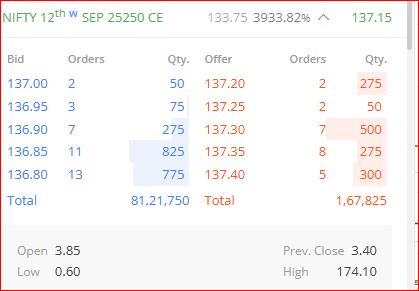Personal-label securitization issuance is predicted to extend by 12% in 2025 as this yr’s market restoration from a moribund 2023 ought to proceed, Kroll Bond Rankings Company predicts.
It expects $107 billion in offers subsequent yr after a projected 75% improve in quantity in 2024 to virtually $96 billion of RMBS 2.0 transactions. If the 2025 prediction holds, it might be the second finest yr for PLS because the Nice Monetary Disaster.
This yr’s manufacturing “illustrates the stark distinction between the power of the RMBS market in 2024 relative to 2023,” the KBRA report mentioned.
“U.S. RMBS issuance elevated considerably in 2024 amid a gradual fed funds charge that lastly started falling in 2024, reaching beneath 5% in October.”
PLS exercise measurements differ primarily based on who’s offering the information. A latest report from Morningstar DBRS put the market to this point this yr at over $114 billion, 84% greater than a sluggish 2023. It additionally tops the $113.4 billion quantity in 2022, and that’s with two months left in 2024.
KBRA’s prediction for RMBS 2.0 this yr, again in February, was for $67 billion and that was a $10 billion improve from an earlier outlook.
Uncertainty across the near-term rate of interest surroundings might have an effect on subsequent yr’s exercise. That’s prone to be a central theme for the remainder of this yr and probably into the early a part of 2025.
“Mixed with anticipated volatility from the change in U.S. administration, capital markets might react strongly to shifts in jobs information and Fed charge choices. KBRA believes that whereas short-term disruptions might happen, spreads will stabilize as we method mid-2025 when there may be higher readability across the incoming administration’s insurance policies,” the report mentioned.
The score company additionally speculated {that a} Trump Administration might delay or indefinitely droop efforts by the Federal Housing Finance Company to implement up to date credit score scoring fashions for the conforming mortgage market.
“Beforehand, GSE coverage underneath Trump leaned towards limiting federal involvement, so an identical method might deprioritize or alter this and different affordability-related updates,” KBRA mentioned. “The residential mortgage market might expertise some disruption as stakeholders both regulate to the potential coverage adjustments or are affected by compliance prices.”
In the case of efficiency of the mortgages, delinquencies to this point this yr stay low, particularly for prime offers, the place the speed has remained underneath 1%.
Even critical delinquencies, loans 90 or extra days overdue, remained regular all year long.
The exception is non-prime, which had a 2.9% significantly delinquent charge as of October. Modest will increase in each early and late-stage delinquencies for non-prime mortgages had been additionally noticed at 6.3% for 30 days or extra late and three.9% for 60 days-plus.
“Whereas non-prime merchandise are seeing an increase in delinquencies, we view this development as a return to normalcy relatively than a sign of structural weak point,” KBRA mentioned.
Unusually gradual prepayment speeds accentuated these delinquencies, however that doesn’t undermine the resilience of the non-prime market, the score company added.
“Annualized internet losses are close to zero for all RMBS 2.0 property in KBRA’s indices,” the report mentioned. “Though the ‘lock-in impact’ of low fastened charges is predicted to maintain [prepayment speeds] low for loans originated via 2022, a broad-based improve has not too long ago emerged as mortgage charges fell, with prime charges reaching 6.1% and non-prime at 11.5% as of October.”
For 2025, improved underwriting requirements and largely fixed-rate present mortgages “is predicted to maintain mortgage efficiency via 2025, with solely delicate credit score softening anticipated, primarily inside non-prime segments,” KBRA mentioned.












